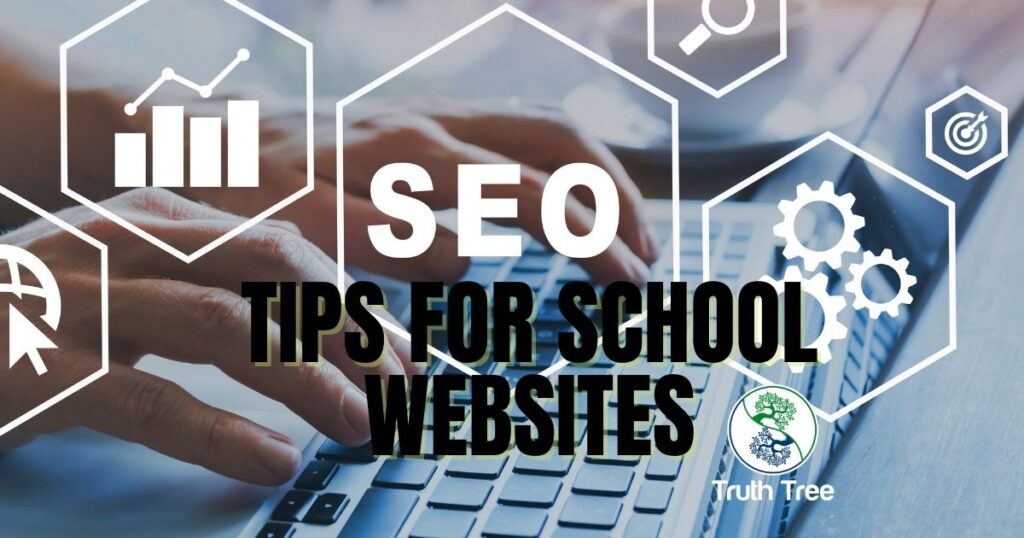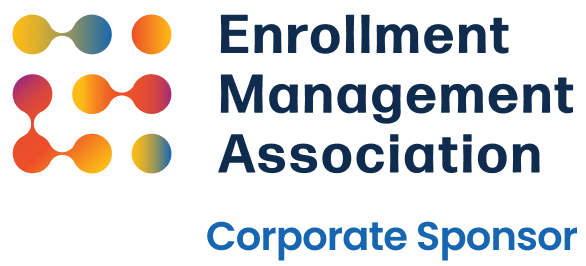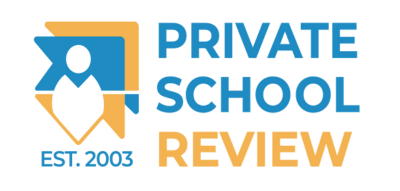by Trevor Waddington, Principal, Truth Tree
A person’s experience on your school website is the factor that will determine the health of your school’s website search engine optimization (SEO) score.
Why it matters:
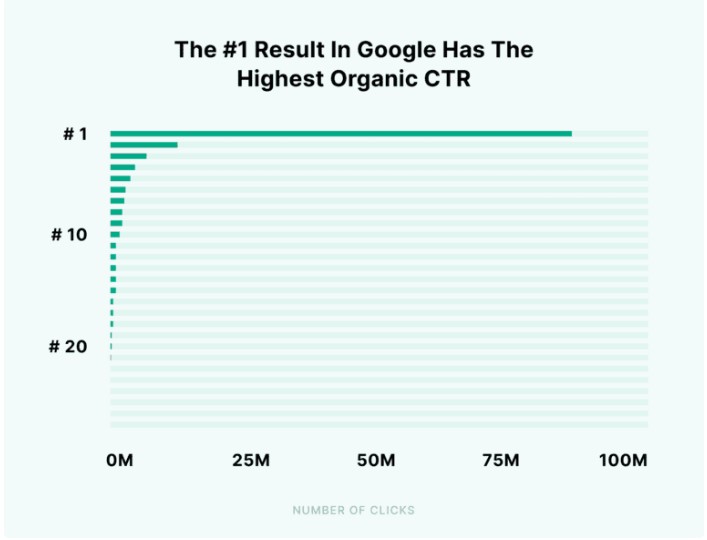
You may have seen these SEO tips for schools in other places, but these are specific to a school’s SEO.
1- Popular Keywords
Early childhood unit, nursery, lower school, and upper school are often used to define the sections of a preschool to grade 12 private school.
However, people rarely search for early childhood unit, nursery school, or other variations beyond preschool and PreK(indergarten). The same scenario rings true for lower and upper school.
Search engines cannot distinguish between upper and high school, negatively affecting your school website’s searchability.
To avoid a complete overhaul of your site language and avoid infighting re: ‘this is what we’ve always called them,’ here are some specific tips.
- Use the most searched keywords in your title tags, meta descriptions, and URLs.
- Put the searched keywords in your first sentence or at least the first paragraph.
- Before: In Truth Tree’s lower school, our students…
- After: In Truth Tree’s lower school, elementary school grades 1-5, our students…
- The more you can sprinkle in other top search terms, the better.
2- Engaging Content
If your website pages have long paragraphs that are dry and jargon-filled, chances are page visitors will not stick around. Search engines like to see people engaging with the content on a page. That singles to the algorithm that your site page is relevant and demonstrates authority.
To avoid quick bounces, here are some tips.
- Keep paragraphs short. 2-3 sentences.
- Strategically place images and videos to complement and support the written content.
- Use bullets or numbered lists whenever possible–like here.
- Use simple terms, not school-speak. The average parent doesn’t know what pedagogy means.
Another tip to keep them engaged is to use hero-centric positioning. Make your content about the user, not your school.
Here are examples.
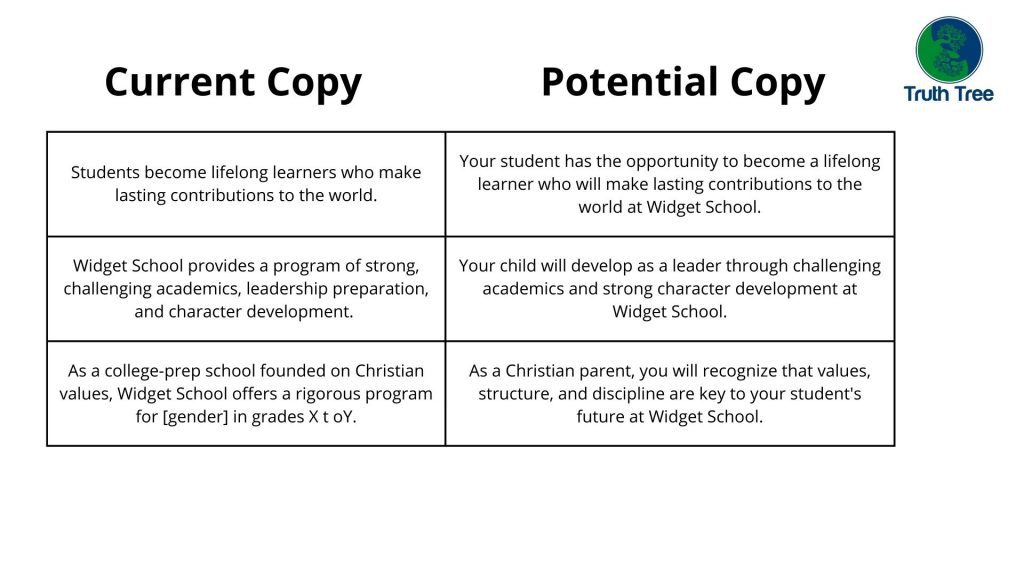
3- Internal Linking
Parents may visit your private school’s website and not discover a part of your program that may be of great value to them and their child. To help them find it and keep them on your site use internal linking.
Internal linking is the process of linking one page on a website to another page on the same website.
Example, SEO is a very important aspect of a school’s website.
The hyperlinked SEO is very important leading to Truth Tree’s SEO service page. Boom, an internal link for us.
Here’s why it’s important.
- It helps families navigate your school website by providing a clear structure. This allows them to find the information they are looking for easily. It also allows them to find information of interest they may not have discovered otherwise.
- It distributes link equity, or the value passed through links, throughout the website, which can help all of the pages on the website rank better in search engine results.
4- Update and Modernize
The 10th-grade science curriculum may have been the same for 20 years, but search engines don’t know that.
Here’s a mini game plan using our fictitious school, Truth Tree Academy.
- Update the Title Tag: 10th Grade Social Studies | Truth Tree Academy | Washington, DC Area
- Update the meta description: Social studies at Truth Tree Academy in Olney, Maryland, provides a rigorous look at world cultures for students in 10th grade.
- Rename image alt-text: Top private school in the DMV*.
Got time to go more in-depth? > The Ultimate Guide to On-Page SEO
5- Speed and Mobile Friendliness
If my roof caves in, I need a roofing company fast! If the first result’s website loads slowly, I move on to the next. If the next one is a jumbled mess, I move on to the next one.
It would take a pretty slow and mobile-unfriendly school site to deter a family from investigating your school, but that won’t stop search engines from sending your school’s website down the rankings.
Speed and mobile friendliness, regardless of the search importance, directly impact where Google and other search engines will rank your school website.
Before you get under the hood of your school websites, ensure there’s a problem.
- Test your site speed – I used this website because it was first in the search results 🙂
- Test your website’s mobile friendliness.
The results provide a score and instructions on the next moves.
Regarding speed and mobile-friendliness around the school marketing table, there’s a debate that requires a trade-off between aesthetics and functionality.
Yes, you want a beautiful video to be the parents’ first impression, but if your site is buried on page 4, they’ll never see it anyway.
Wrapping it up: Search engines continuously adjust SEO weighting factors, so reviewing other blogs on the subject is important. We will keep this updated for you.
